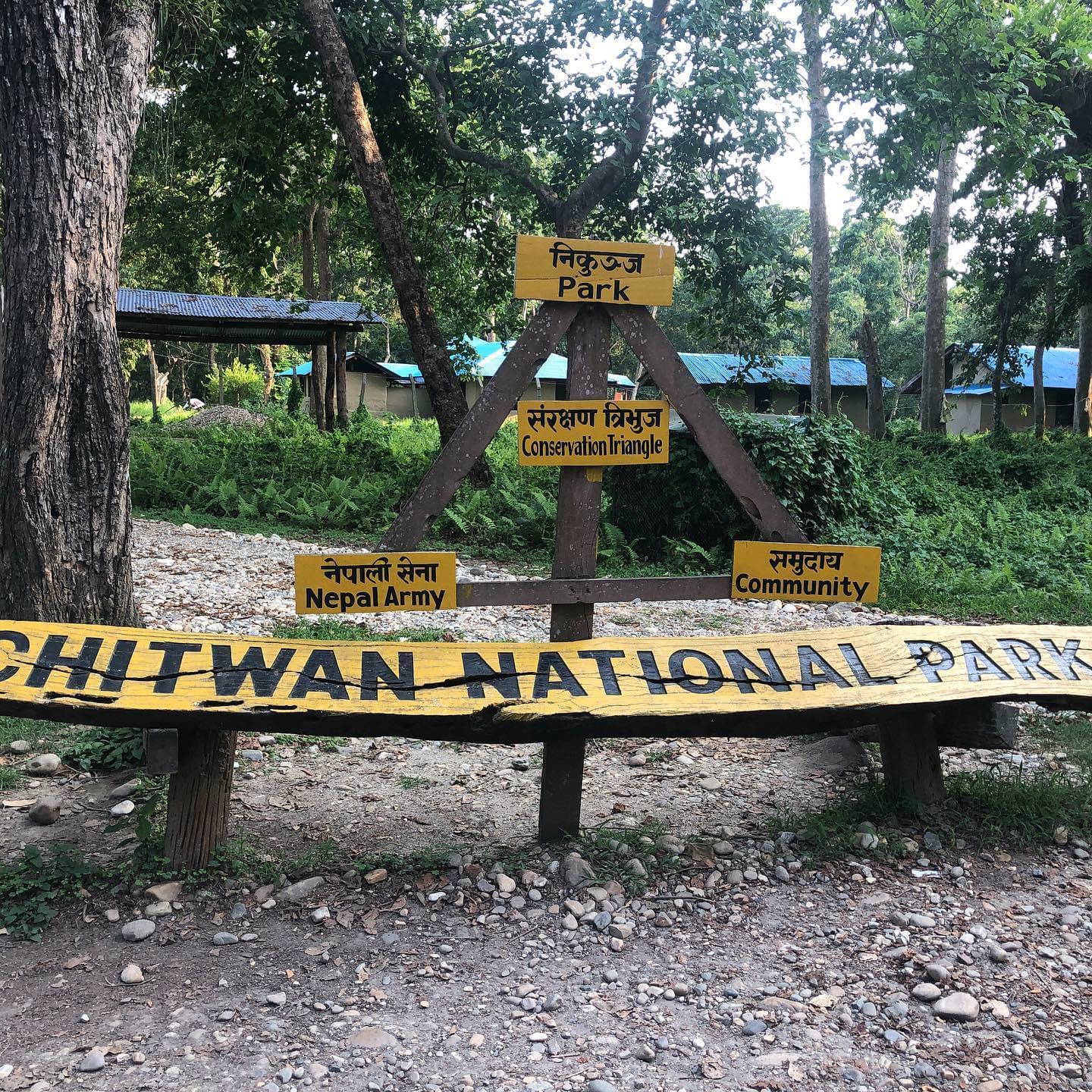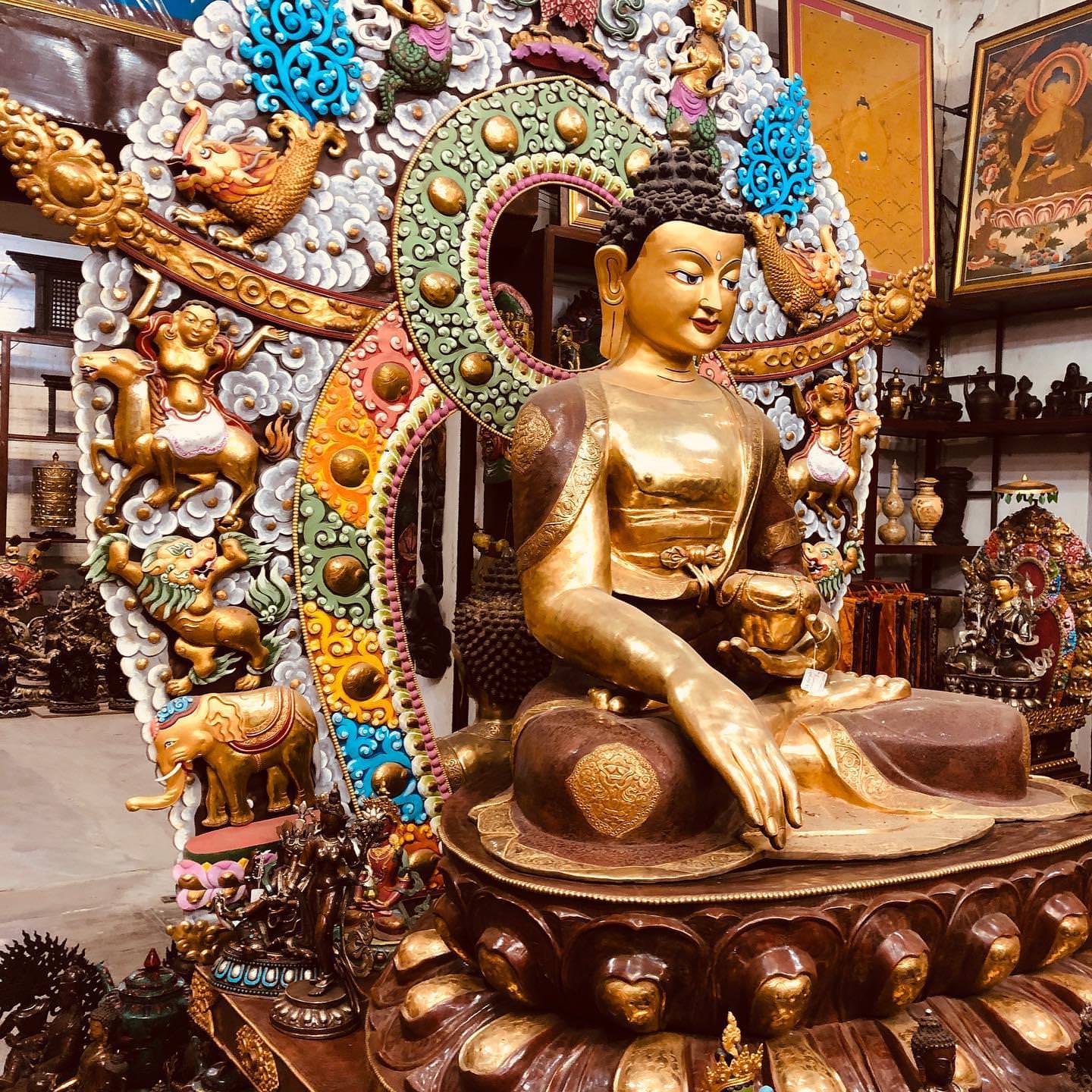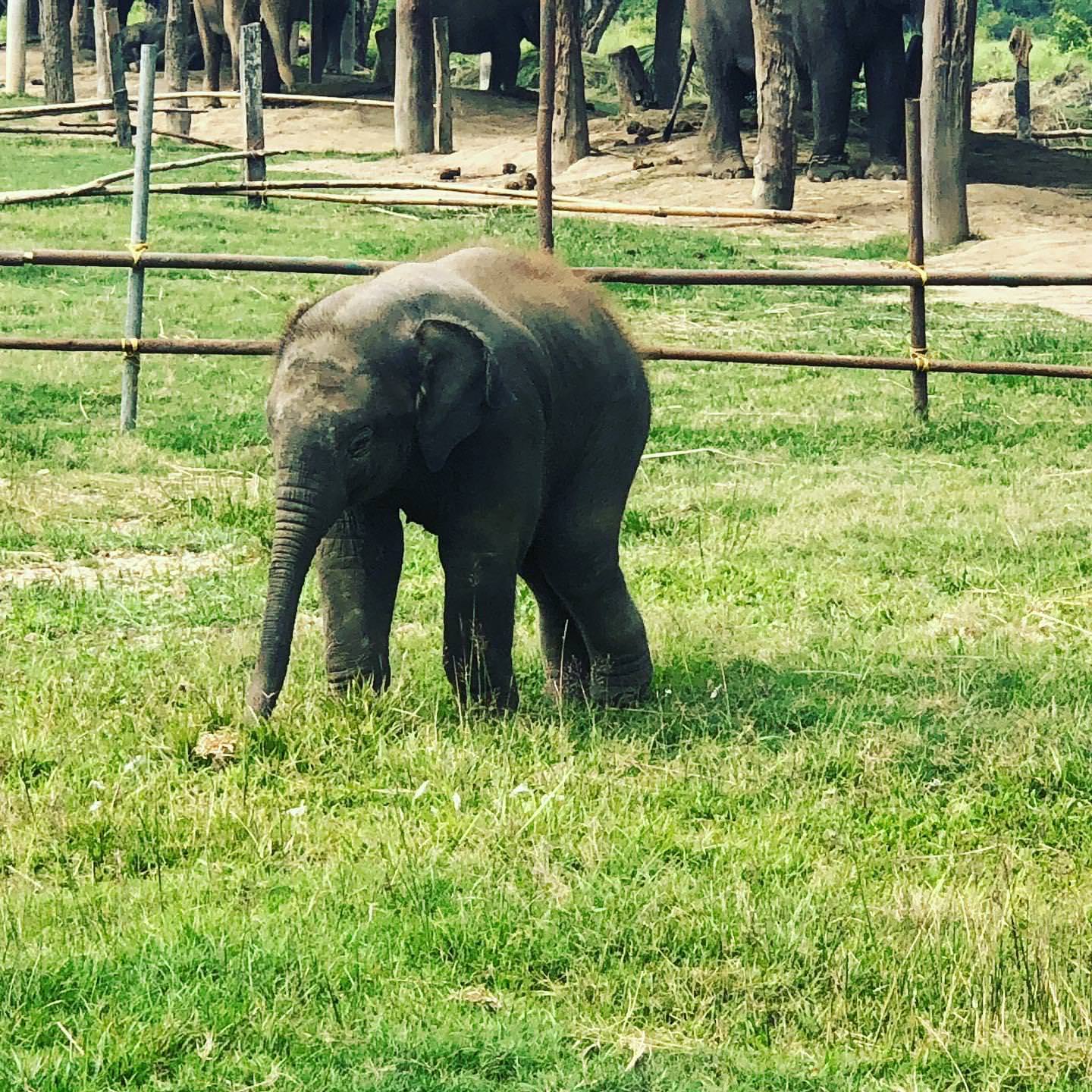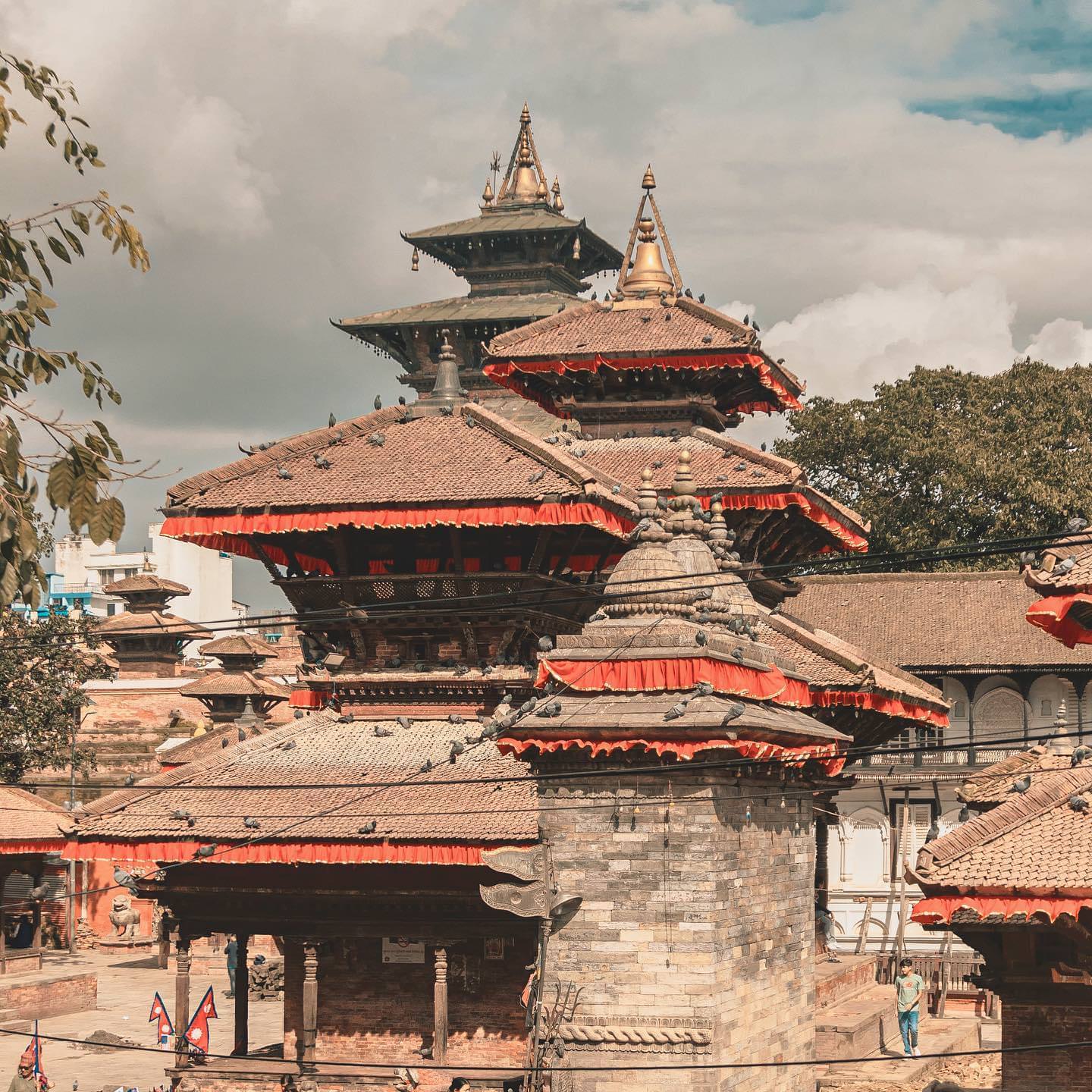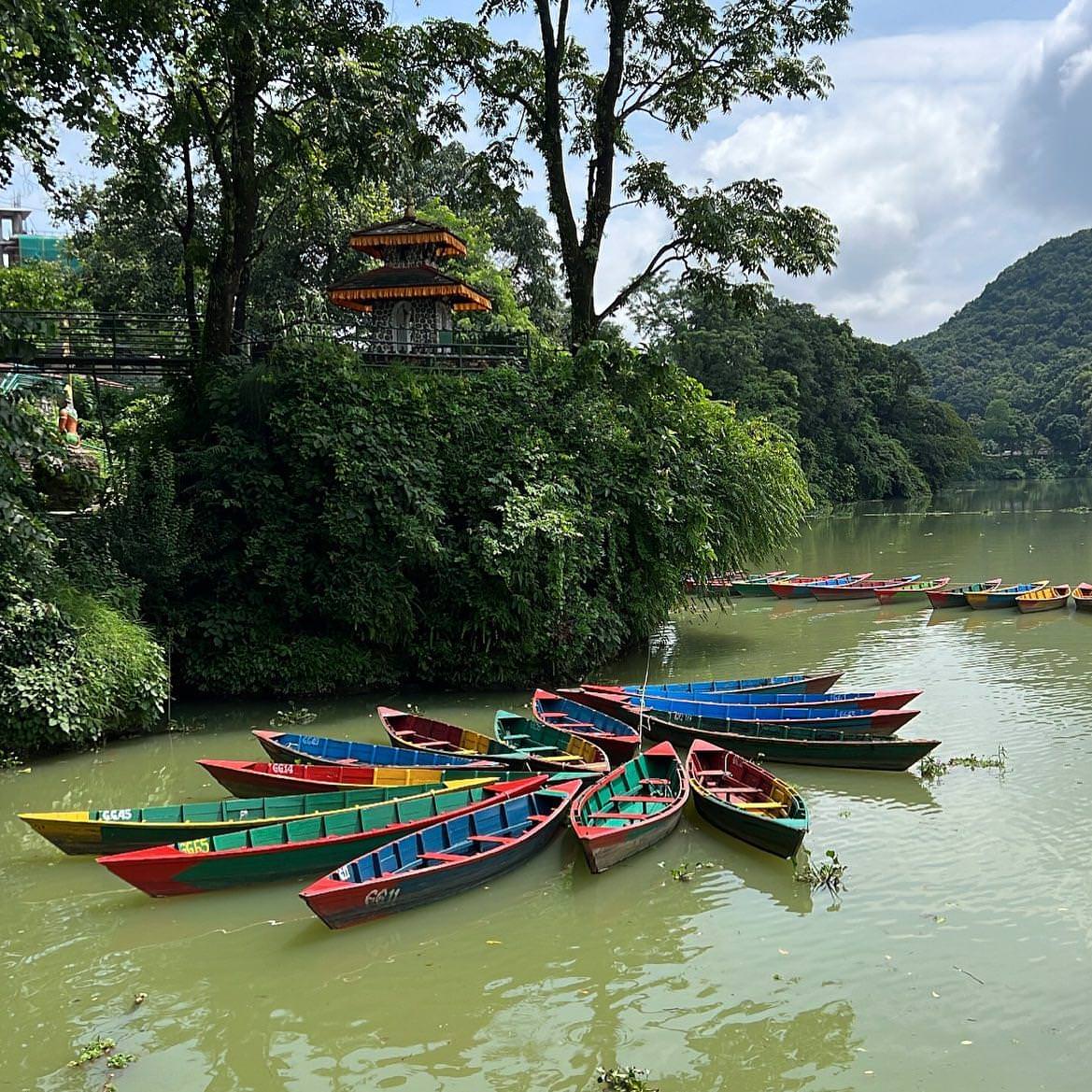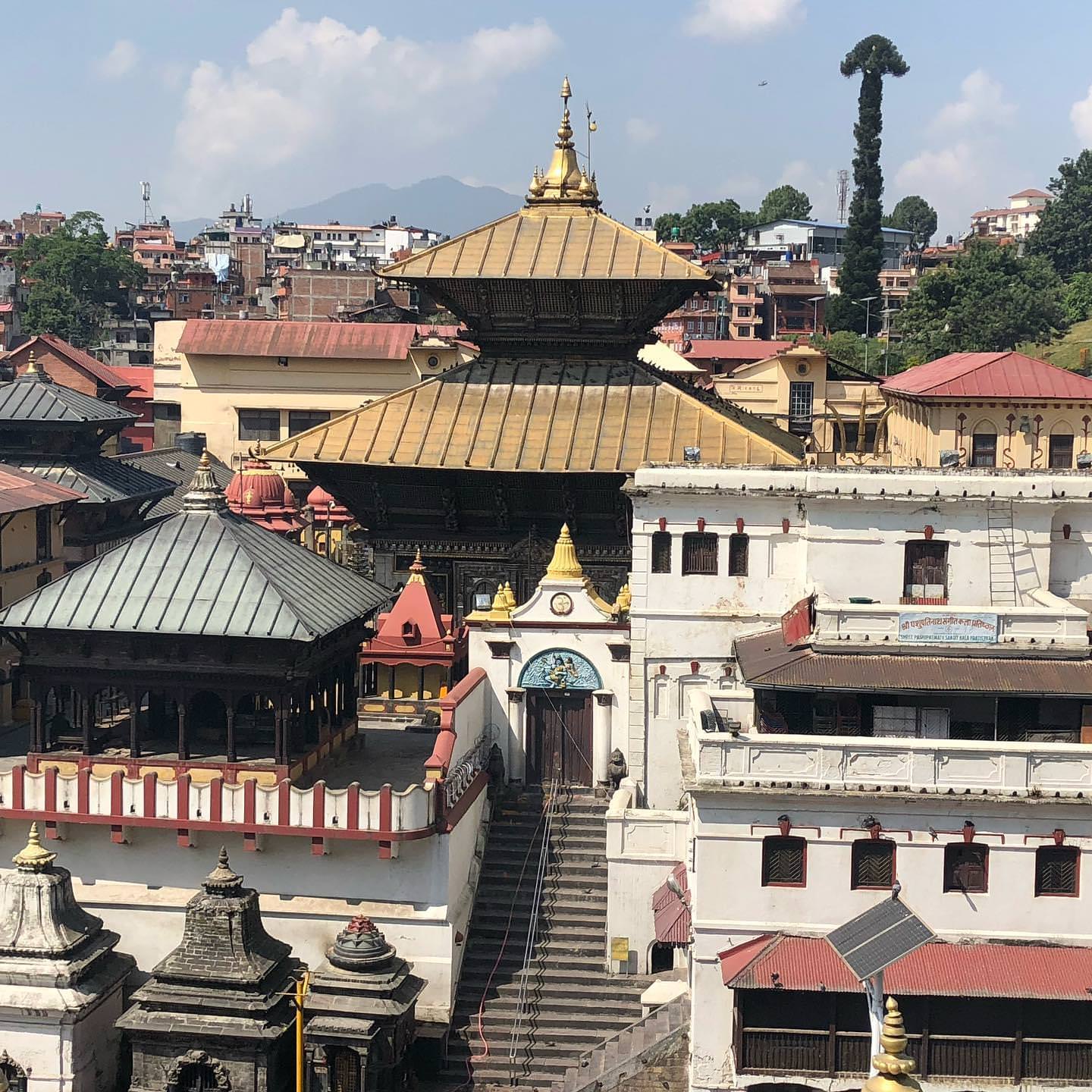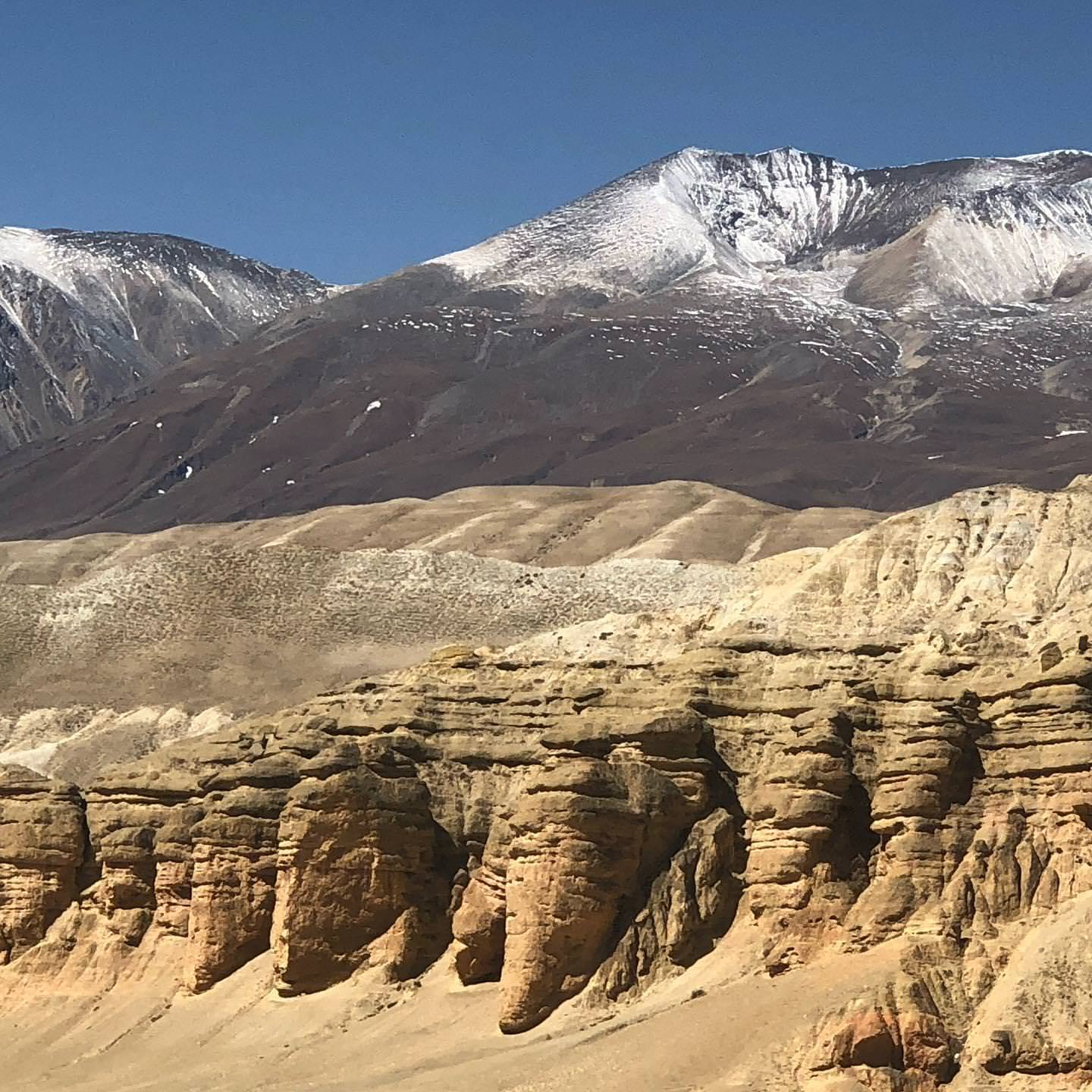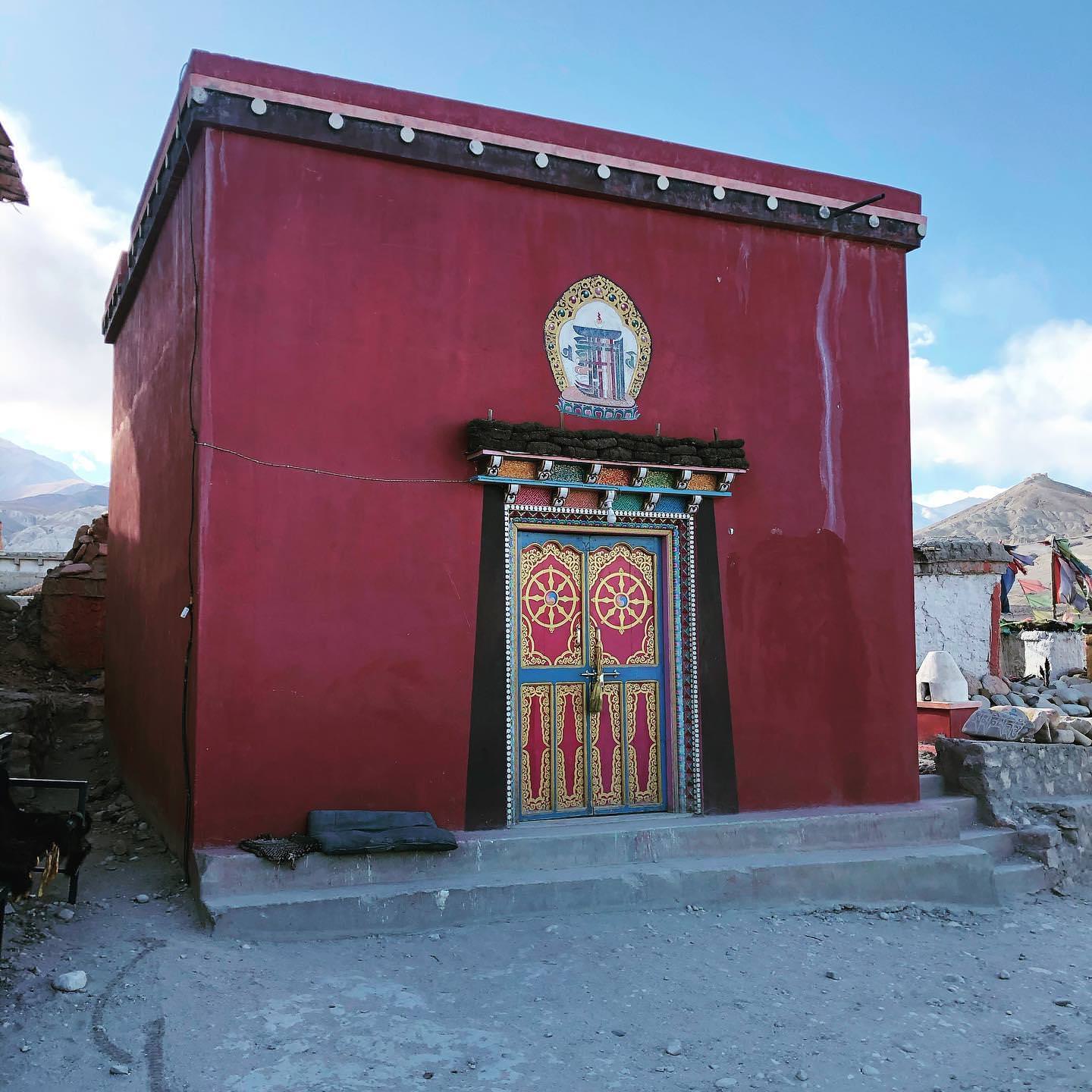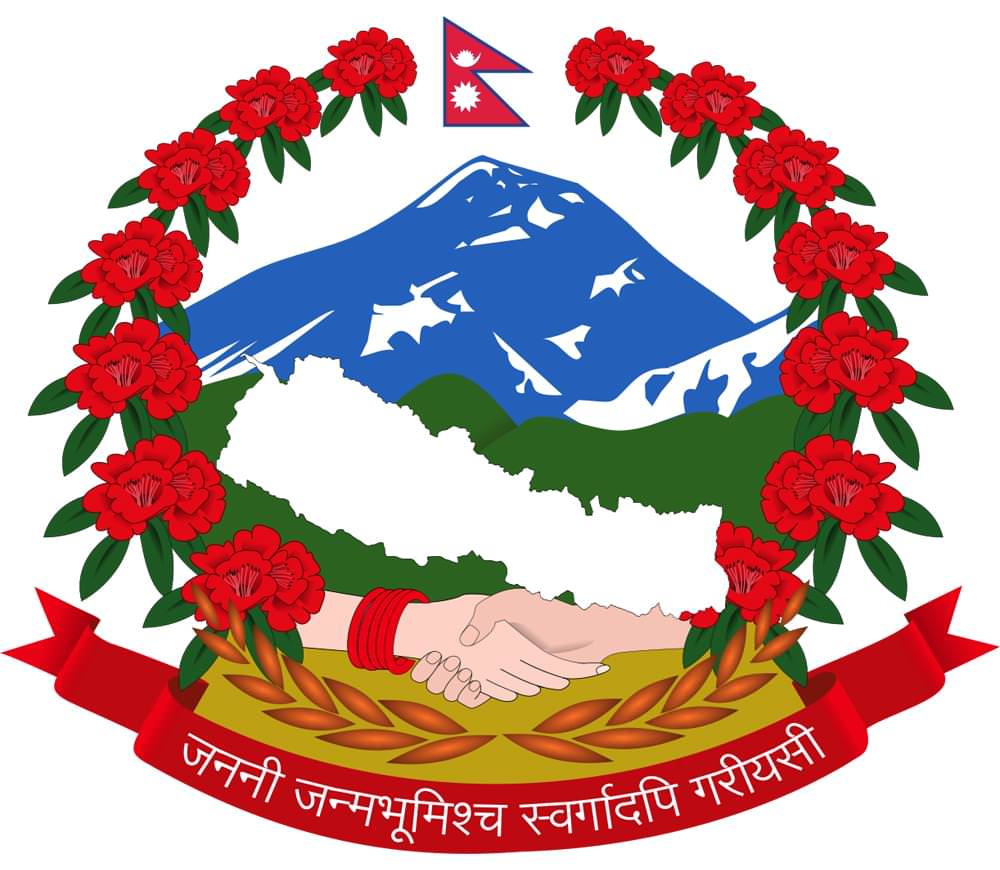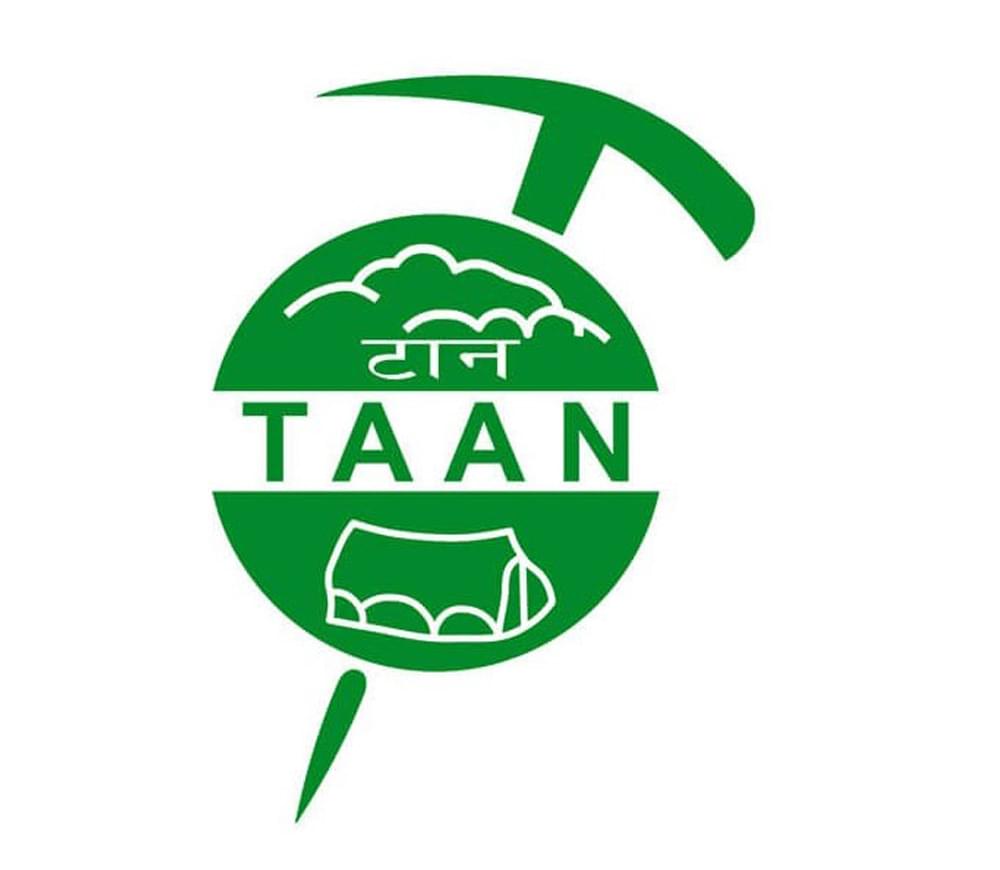Ghatasthapana is the first day of the Navaratri festival and is considered one of the most important days of the festival. It marks the beginning of the nine-day-long worship of the Hindu goddess Durga.
The word 'Ghatasthapana' is a combination of two Sanskrit words - 'ghata' meaning pot or vessel, and 'sthapana' meaning to establish or place. Therefore, on this day, a pot or kalash filled with holy water, coins, and other sacred items is established or placed in the worship area.
The kalash used for Ghatasthapana is usually made of brass, copper, or silver and is filled with water, barley seeds, and a coin. The barley seeds are watered every day until they sprout, and the sprouts are considered a symbol of prosperity and good luck. The coin represents wealth and prosperity.
The kalash is then covered with a coconut and mango leaves, and a red cloth is tied around the neck of the kalash. The pot or kalash is considered to be a symbol of the Goddess Durga, and by establishing it, devotees invite the goddess to come and bless their homes.
The Ghatasthapana is usually done early in the morning, at a specific auspicious time determined by the Hindu calendar. It is considered essential to perform the Ghatasthapana ritual on the correct day and at the correct time for it to be considered auspicious.
After the kalash is established, a small bed of sand or soil is made around it, and barley seeds are sown in it. This bed is known as the 'chauki,' and it is believed that the goddess resides in it during the nine days of the Navaratri festival.
In conclusion, Ghatasthapana is an essential ritual that marks the beginning of the Navaratri festival. It is an important event for Hindus, and it is believed that by establishing the kalash and inviting the goddess to bless their homes, people can attain good luck, prosperity, and well-being.
